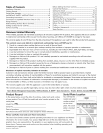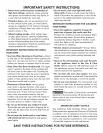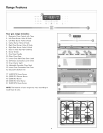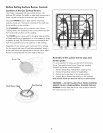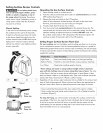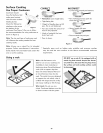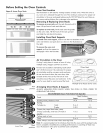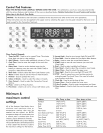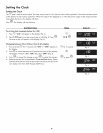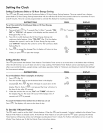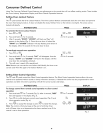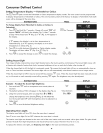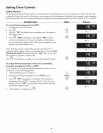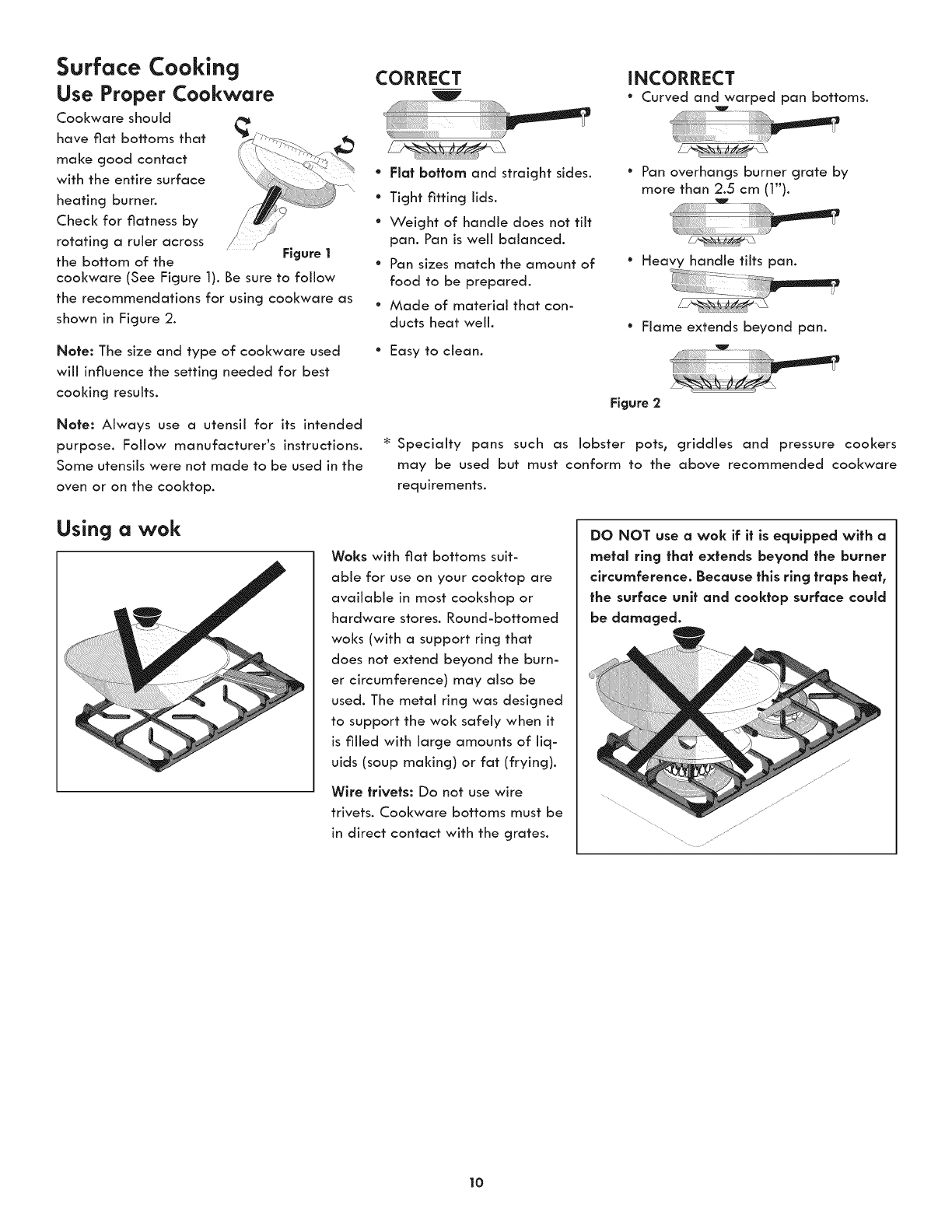
Surface Cooking
Use Proper Cookware
Cookware should
have flat bottoms that
make good contact
with the entire surface
heating burner.
Check for flatness by
rotating a ruler across
the bottom of the Figure 1
cookware (See Figure 1). Be sure to follow
the recommendations for using cookware as
shown in Figure 2.
Note: The size and type of cookware used
will influence the setting needed for best
cooking results.
Note: Always use a utensil for its intended
purpose. Follow manufacturer's instructions.
Some utensils were not made to be used in the
oven or on the cooktop.
CORRECT
* Flat bottom and straight sides.
° Tight fitting lids.
° Weight of handle does not flit
pan. Pan is well balanced.
° Pan sizes match the amount of
food to be prepared.
° Made of material that con-
ducts heat well.
Easy to clean.
INCORRECT
° Curved and warped pan bottoms.
IL......
° Pan overhangs burner grate by
more than 2.5 cm (1").
° Heavy handle tilts pan.
° Flame extends beyond pan.
Figure 2
Specialty pans such as lobster pots, griddles and pressure cookers
may be used but must conform to the above recommended cookware
requirements.
Using a wok
Woks with flat bottoms suit-
able for use on your cooktop are
available in most cookshop or
hardware stores. Round-bottomed
woks (with a support ring that
does not extend beyond the burn-
er circumference) may also be
used. The metal ring was designed
to support the wok safely when it
is filled with large amounts of liq-
uids (soup making) or fat (frying).
Wire trivets: Do not use wire
trivets. Cookware bottoms must be
in direct contact with the grates.
DO NOT use a wok if it is equipped with a
metal ring that extends beyond the burner
circumference. Because this ring traps heat,
the surface unit and cooktop surface could
be damaged.
10



